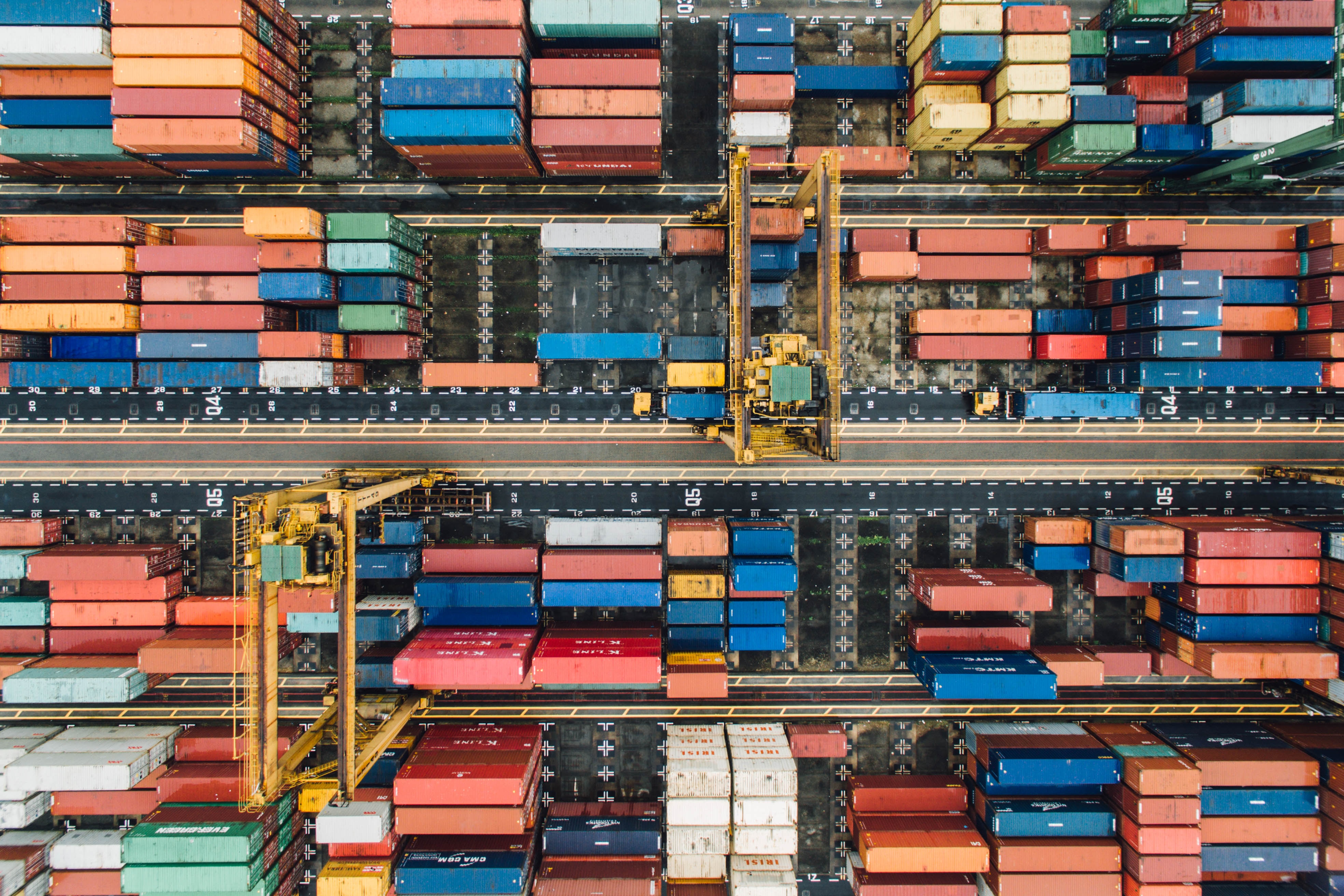Import and export in Peru
11 November 2019
Peru is a consumer market of 32 million people, strategically located in the centre of the region, facing the Pacific Ocean. The country holds over 140 trade deals, including free trade agreements (FTAs), multilateral alliances, bilateral cooperation agreements, and more. Having trade deals with the European Union, the UK, China, the US, India, Australia, the South American region and many more countries, Peru has transformed into an attractive point for investment. Peru’s steady economy and international relations make the country a great option to expand business globally.
On the international market, Peru has a good reputation for minerals, agriproducts, textiles and more. In July 2019, the export of agricultural goods reached a value of US$550 million, an amount that surpassed last year’s record for the same month by 23%. The increasing demand for blueberries and asparagus contributed greatly to this statistic, with the European Union countries and the US as main buyers.
Importing in Peru
In Peru, the entity that regulates customs is the Superintendence of Customs and Tax Administration (Superintendencia Nacional de Aduanas y de Administración Tributaria, SUNAT). SUNAT is in charge of calculating the value of each merchandise, this valuation is known as the real paid price or price to pay (precio realmente pagado o por pagar, FOB). It excludes international freight, insurance, and other values.
Peru’s trade agreements and certain laws reduce or eliminate tax and tariffs for some goods. For instance, the promotion of the agricultural sector grants tax benefits that include a reduction of the income tax to 15%, a 20% depreciation rate for investments in hydraulic infrastructure works, and the early recovery of the general sales tax (paid-in capital goods, supplies, services and construction contracts).
For business purposes, imports fall under two categories: Simplified Dispatch Import (for the merchandise within the range of US$200 and US$2000) and Definitive Import, also known as Import for Consumption (merchandise with a FOB value higher than US$2000):
1. Simplified dispatch import
A great advantage of the Simplified dispatch import is that is a digital-friendly process. People who are more comfortable with electronic transactions will benefit from the easy importing system, which allows all processes to be carried out over the internet.
2. Definitive imports
When submitting documents at a customs office, the requirements are the same as for the Simplified dispatch import, the only difference is two more documents. The additional documents to submit are the document of control (used to supervise) and the Andean declaration on the imported goods. For early or express delivery, the importer should submit an extra document, which is the special authorization of the primary zone.
How to export goods from Peru
Some investors might be wondering about how to both import and export in Peru. This guideline will explain how to import from Peru, parting from the Peruvian perspective and a lot of valuable information is detailed in a simple manner.
From the Peru-location perspective: exporting from Peru is much simpler than importing. First of all, exports are not taxed. Additionally, there are four categories for exports: Simplified dispatch export, Express delivery, Postal shipment, and Definitive exports.
Generally, merchandise for commercial purposes falls under the Simplified dispatch exports and Definitive exports categories:
1. Simplified Dispatch Export
Merchandise with a FOB value smaller than US$ 5000 or with non-commercial purposes that don’t exceed US$ 1000 fall under this category. To begin the process, the customs officer will help you with the generation of the Simplified Dispatch form digitally. After the submission takes place, your merchandise will enter a temporary warehouse(or you could choose to directly transfer your merchandise to the shipping port).
2. Definitive Exports
Merchandise that exceeds the FOB limit value of US$ 5000 falls under this category. The required documents are the same as listed above with the addition of a number of customs declaration and a customs agent mandate (document by which the merchandise owner assigns the dispatch of goods to a customs agent).
Gain access to the Peruvian market
Peru is a country fertile in agricultural goods, rich in soils, open to digitalization and with over 140 trade deals. Take advantage of the straightforward import and export procedures and expand your business now.
Source: BizLatin Hub
